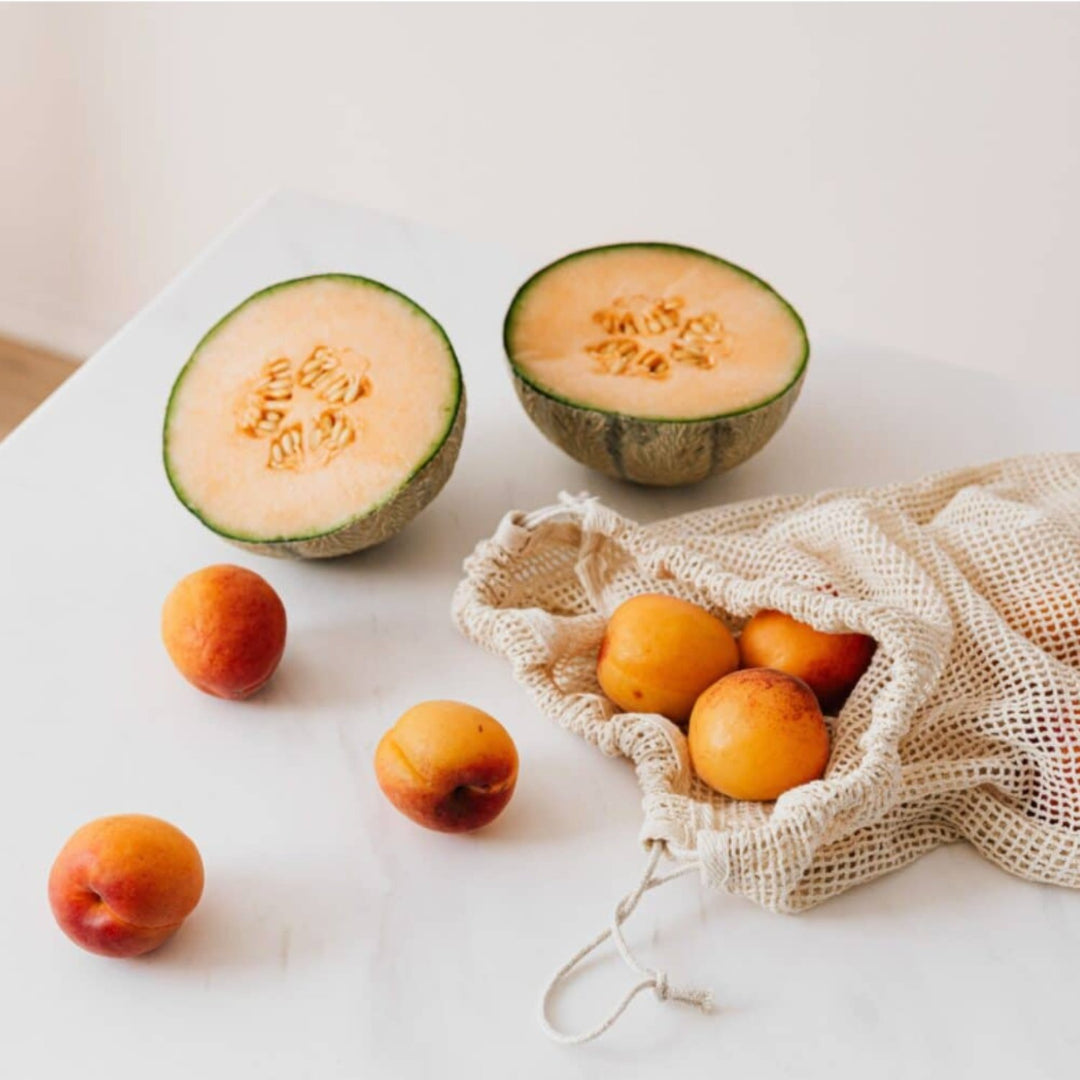Written by Gemma Rigby, Tempdrop Ltd.
We constantly see things on the internet about menstrual cycles and ovulation that simply aren't true - or are slightly not true. So today, we have a list of 5 things everyone should know about ovulation. Let's get started!

Ovulation is the main event of your cycle.
We’re often led to believe that our cycle is all about our period, but without ovulation we cannot have a true menstruation*.
Ovulation is the event that dictates the length of our cycle and when our next period will occur. Often we may think our period is late when in fact, something has caused a delay in ovulation instead. However, if you chart your cycle you will know when ovulation is confirmed and how long your luteal phase is on average (the luteal phase is the time from when ovulation is confirmed to your next period). With this knowledge, you will be able to calculate the number of days to your next period with accuracy.
As an extra indicator - It's also good to remember, (although it may not happen every cycle) a sudden drop in basal body temperature around the time you are expecting your period is helpful in knowing that your period is coming within the next 24 hrs. -Goodbye unexpected periods!
Not everyone ovulates on, or around, day 14.
This may come as a surprise, but despite what we’re told you likely don't ovulate precisely on day 14 every cycle (or maybe never) and that's fine! Only a small percentage of menstruators actually ovulate on day 14 and usually only in some cycles. Every body and every cycle can be different and when ovulation occurs can be impacted by several factors.
So if you don't have a 28-day cycle, and if you don't ovulate on day 14 - you're with the majority. Don’t worry, be L’Ovary!
You only ovulate once per cycle.
You can release multiple eggs at ovulation (within 24 hrs of each other), but you cannot have two different ovulation events in a single cycle. For example, you can't ovulate today and then ovulate again next week. This also means that despite what we were taught at school, you cannot get pregnant any time of your cycle. It's just not how our bodies are designed to work.
Psst - You can actually only get pregnant from intercourse during about 5-7 days of your cycle. This accounts for the ovulation event itself (when an egg is released, it's viable for 12-24 hours), as well as the survival of sperm once inside the female reproductive tract (3-5 days with the help of cervical mucus).
Ovulation pain cannot be used to confirm ovulation.
Some people get pain around ovulation - light cramping, ovary pain, etc. However, these aren’t always signs of successful ovulation. These symptoms can happen before, during, or after ovulation. These are considered secondary signs and shouldn’t be used to confirm ovulation happened.
Using primary signs such as basal body temperature (bbt), cervical fluid, and cervical height changes will help you identify IF and when you ovulated. To learn more about these primary signs and how to track them, access Tempdrop’s FREE starter guide to fertility awareness.
Ovulation is great for our health.
Sometimes we may feel that having a period is too much hassle and if we block ovulation, it won't matter. But there are huge health benefits to regular ovulation.
After we ovulate, our body releases progesterone. Progesterone helps regulate our sleep, enhances our mood, supports bone health, promotes anti-aging, and boosts our metabolism. Ovulation is the only way our body produces natural progesterone, and having a regular dose will counter the effects of high estrogenic load. There are many more benefits which you can read about here.
We hope that we’ve been able to remove some of the common misconceptions about ovulation in this article, and hopefully you feel more positive about your ovulation event and your subsequent period. Tracking your cycle to identify ovulation can provide you with insights into your hormonal health and also help you plan for your period (which should be relatively pain free - just FYI). Tempdrop makes tracking your cycle simple. Save 10% using the code: MMELOVARY.
*There are times when we may experience a bleed without ovulating, this is known as an anovulatory or intermenstrual bleed. Any bleed that does not follow around two weeks after ovulation. However it is not a true period.
Sponsored article.























